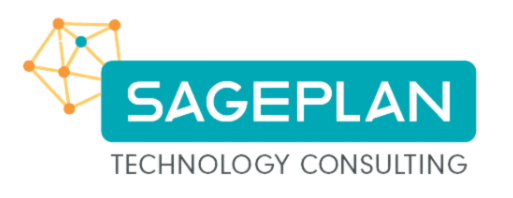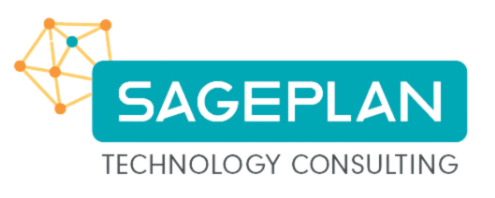How To Avoid Costly Tech Downtime
Anyone trying to run a business feels some level of pain when their IT goes down, but it can be difficult for smaller businesses to quantify how tech failures impact their bottom line. To get a sense of what the impact might be, we can take a look at studies like the one published by Robert Half, where they estimated that the average employee loses about 20 minutes of productivity every day due to IT-related failures. Over the course of the year, that adds up to about 80 hours that each and every employee can’t move forward due to broken tech. That’s two weeks of time lost that could have been used to boost sales or increase productivity.
Most of the time, the tech issues we deal with in the office are broken down into little micro-chunks of annoying problems, and companies often accept them as the cost of using the computers, phones, and other devices we rely on to get our jobs done. And while some level of tech-related downtime is inevitable, letting it get out of hand can lead to productivity, job satisfaction, and retention issues, all of which can impact your bottom line.
Top Three Categories for IT Problems
There are three primary areas where technology can fail us in the office.
- Infrastructure & Internet: All of those little boxes in the office with blinking lights on them play a role in keeping our access to the outside world stable and reliable. Modems, routers, switches, power supplies, and the pieces that connect them all together wear out over time, so it’s important to develop a maintenance plan to periodically test and update the devices. The quality and reliability of your internet can also play a big role. Little glitches in internet service can be hard to detect, but they can have a big impact on your team’s productivity, especially in a remote work environment or an organization that uses a lot of internet telecommunication like VoIP phones or video conferencing
- Software Apps: The most common issue we run into with small business software is what I call the Small Business App Trap, where we get suckered into using some free solution that (sometimes) works really well for a solo entrepreneur, but becomes an IT nightmare when you try to integrate it into a more complex business environment. That being said, even the most mainstream solutions have a continuous stream of updates and patches that need to be properly managed. These updates can be vital to keeping your computers running smoothly, and will also help to keep your IT environment safe from hackers.
- Hardware Failures: Inside our laptops, PCs, phones, and other hardware are little components that whir and glow, doing all the things they need to do to help their human owners update a spreadsheet, send that email, or make a phone call. Just like the infrastructure pieces, over time the internal components of our devices will fail. The best line of defense against this inevitability is to have a proactive monitoring solution in place that will let you know when a hard drive is beginning to fail or a computer’s main processor is running hotter than it should. Having advance notice of a serious issue on your computer can save you the pain of trying to recover information after the device has completely failed.
The Secrets To Minimizing IT Failure Impact
Studies have shown that employees will leave a company that does not keep its IT running smoothly, so it is critical that organizations invest the time and energy to keep everything running smoothly. Our process involves two key principles that drive IT efforts, whether we are setting up our own IT environment our our clients:
- Be Proactive, Not Reactive: There are a lot of tools available that will allow your tech team to monitor the health of your infrastructure, hardware, and software for any problems. One of the key functions of these tools is that they can often alert you about a potential problem before it brings your operations to a grinding halt.
- Focus on Value, Not Cost: Buying the lowest cost PC or choosing a particular app because it’s free can be the right choice in some situations, and we certainly don’t advocate for overspending on your tech, but it’s important that you know what capabilities you need from your hardware and software before choosing it. Productivity loses caused by trying to save a few bucks can quickly backfire.
Getting the right mix of infrastructure, hardware, and software deployed into your operations can keep your staff from becoming frustrated, non-productive, and unmotivated about their work and your company. If you some help getting your IT systems up to scratch, feel free to schedule a free consultation with me and I’ll be happy to help you get on the right path.

